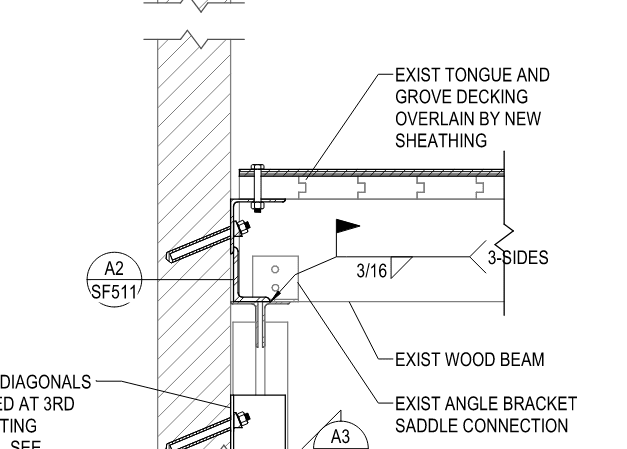sticksandtriangles
Structural
- Apr 7, 2015
- 494
I have a retrofit project where I want to weld near some existing wood (existing tongue and groove deck and wood beams).
Sample detail:

Is this possible without starting a big fire? Will my contractor laugh at me?
S&T -
Sample detail:

Is this possible without starting a big fire? Will my contractor laugh at me?
S&T -

